Art World
Experience Gustave Caillebotte’s Enduring Impact on Impressionism With 13 of His Best Paintings
He helped change art history.
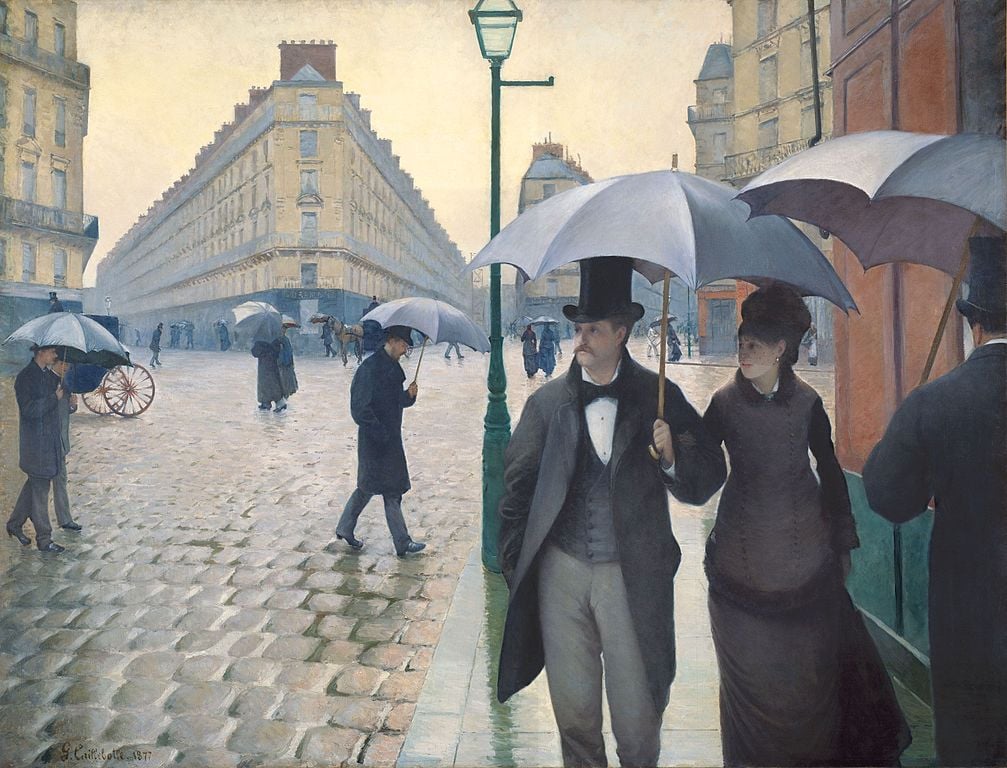
He helped change art history.

Daniela Rios

When Gustave Caillebotte was a child in Paris in the mid-1800s, he had no real intentions of becoming a painter. He earned a law degree in 1868 and began his practice two years later.
The art world was still a distant thought when he was drafted to fight in the Franco-Prussian War. But when he returned home, he became serious about pursuing an artist’s life, and reflecting the modern world in his work. He was very keen on understanding “what the modernization of Paris was doing to its people,” according to NPR. “It’s Caillebotte’s perspectives—his wide-angled, panoramic views—that shade the paintings with sadness.”
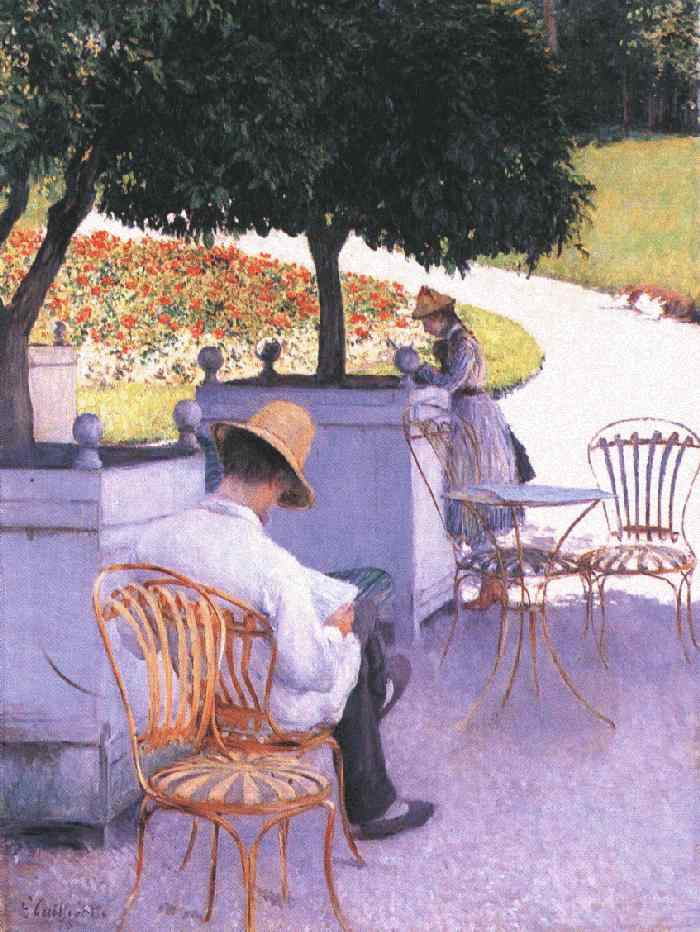
Gustave Caillebotte, The Orange Trees (1878). Courtesy of the Houston Museum of Fine Arts.
His work, as intriguing as it was, did receive a fair amount of criticism in his day. Nicolas Sainte Fare Garnot, the curator of the Musée Jacquemart-André, which featured an exhibition of Caillebotte’s artwork in 2011, noted that critics rejected Caillebotte’s paintings for looking “hasty, crude, [and] unfinished,” as a result, “there was no place for them in prestigious, official French collections.”
But Caillebotte had a few cards up his sleeve. Since he had inherited his father’s fortune at the tender of age of 26, he was able to accrue an impressive circle of impoverished and talented artist friends. “He wanted to help the Impressionist painters,” says Garnot. “So, he purchased about 64 paintings from Monet, Renoir, Sisley, Pissaro, and all the others.”
It was a wise move. Caillebotte died on February 21, 1894 in Gennevilliers, France at the age of 46, and bequeathed his impressive art collection to France, where viewers are enjoying it over a century later.
To celebrate his life and legacy on his birthday, see some of his best works below.
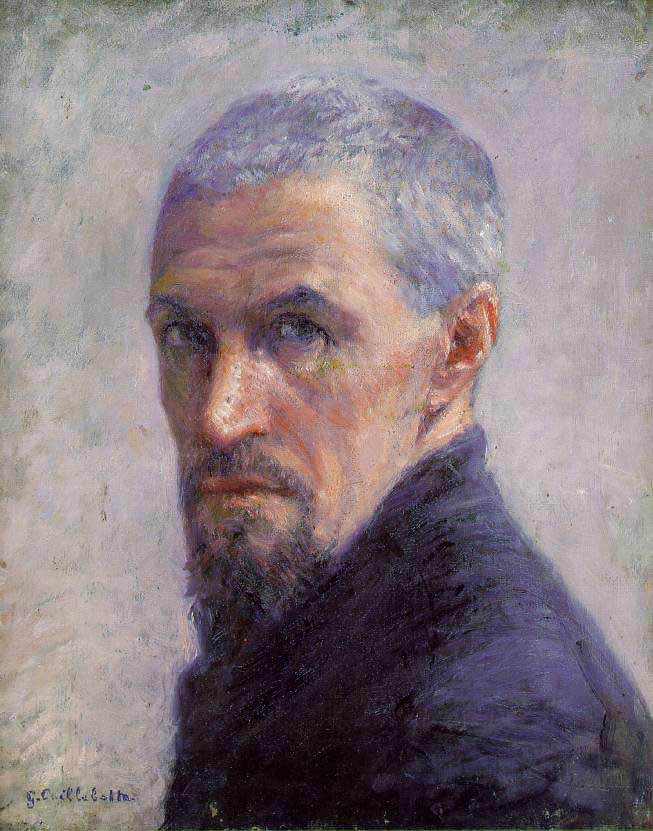
Gustave Caillebotte, Self Portrait (1892). Courtesy of Musee d’Orsay.
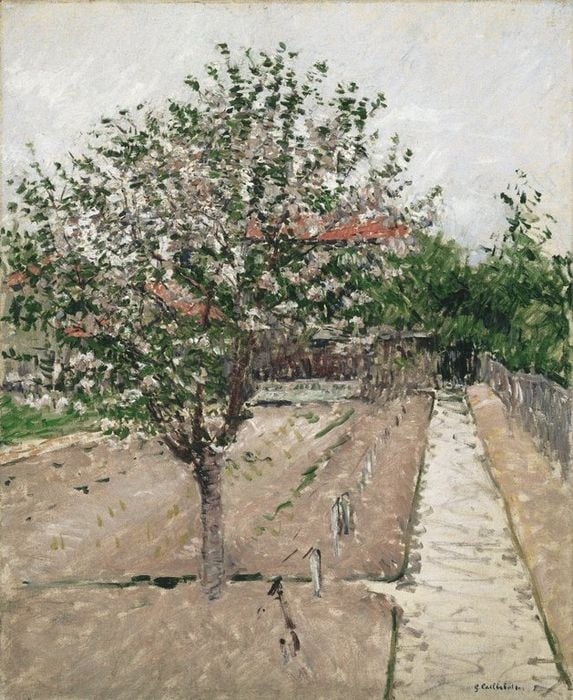
Gustave Caillebotte, Apple Tree In Bloom (1885). Courtesy of Brooklyn Museum.
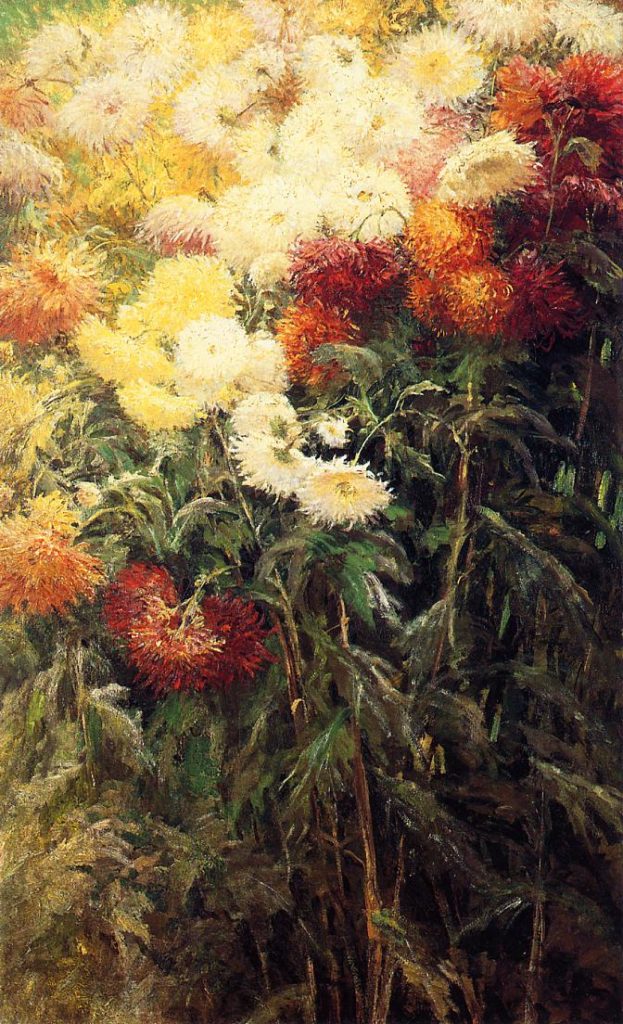
Gustave Caillebotte, Chrysanthemmus, Garden At Petit Gennevilliers (1893). Courtesy of Metropolitan Museum of Art.

Gustave Caillebotte, In A Cafe (1880). Courtesy of Musee des Beaux-Arts.
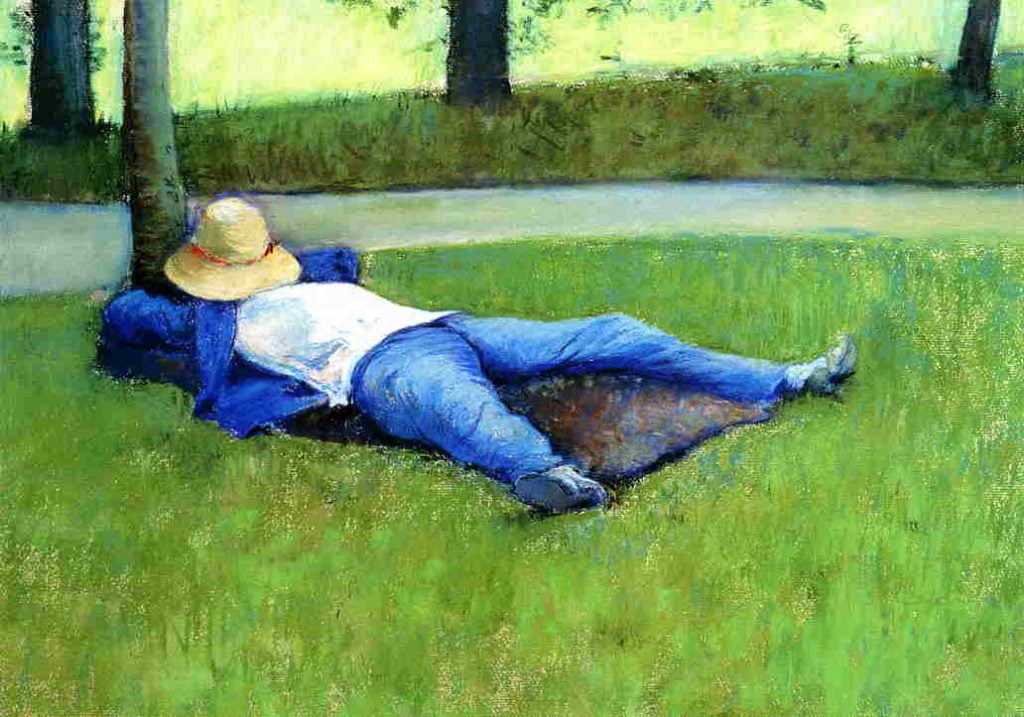
Gustave Caillebotte, The Nap (1877). Courtesy of Wadsworth Atheneum Museum of Art.
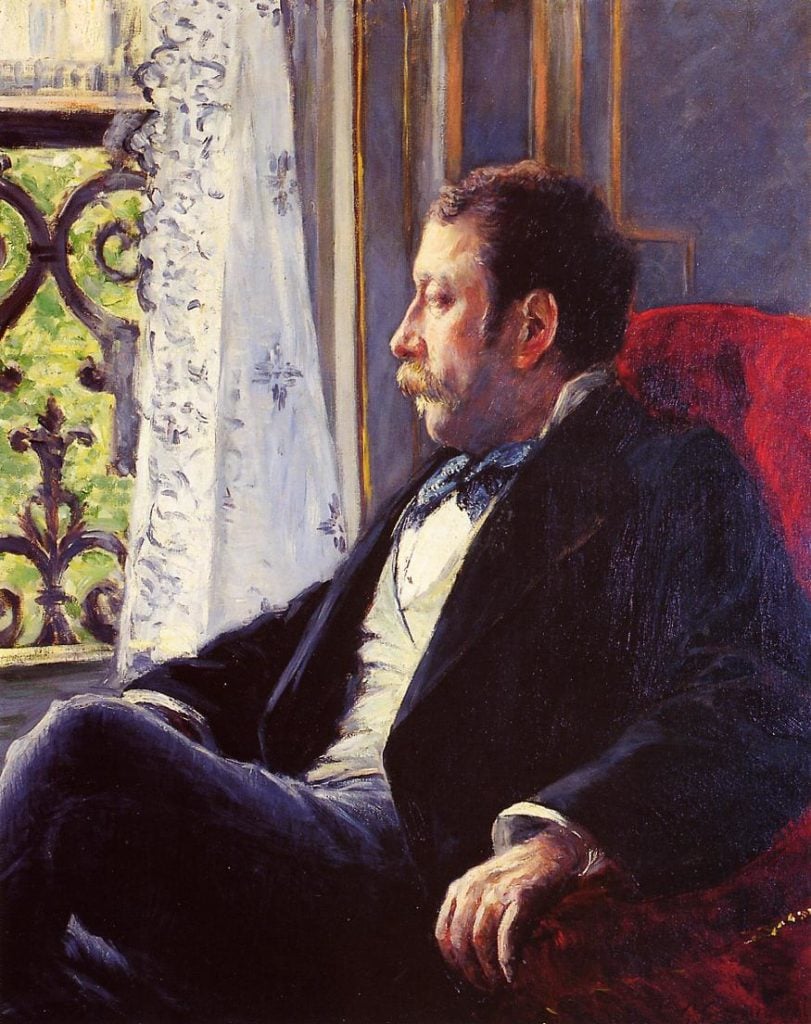
Gustave Caillebotte, Portrait Of A Man (1880). Courtesy of Cleveland Museum Of Art.
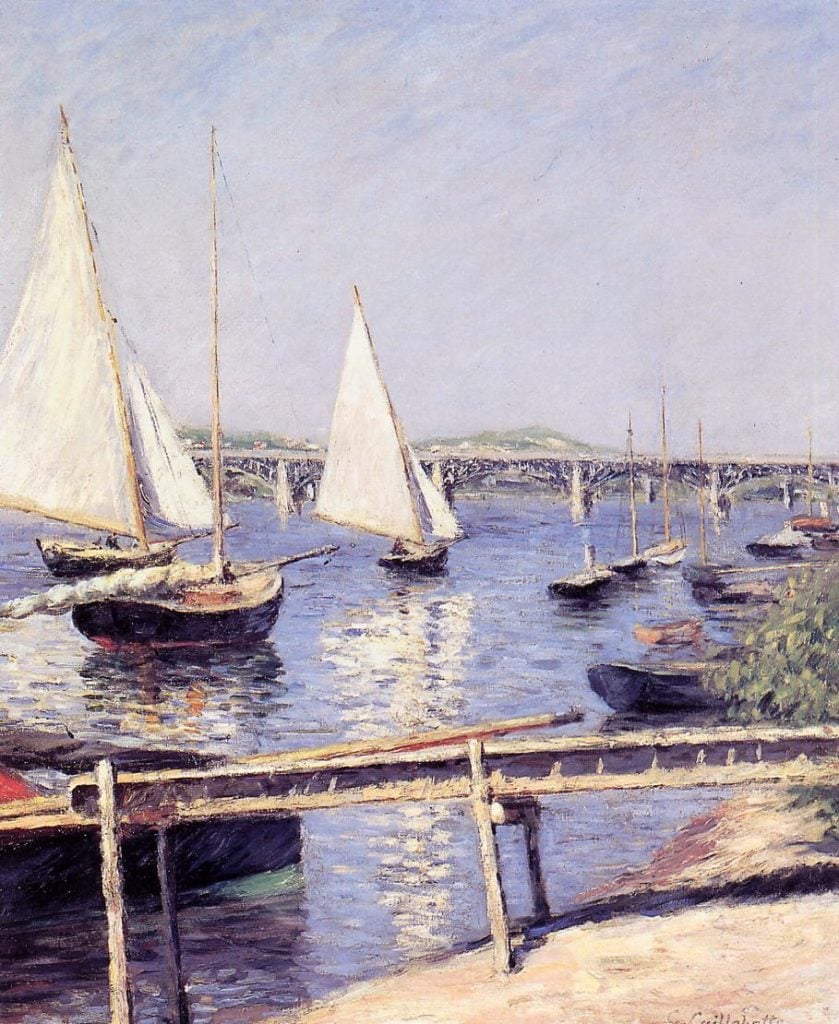
Gustave Caillebotte, Sailboats In Argenteuil (1888). Courtesy of Musee d’Orsay.
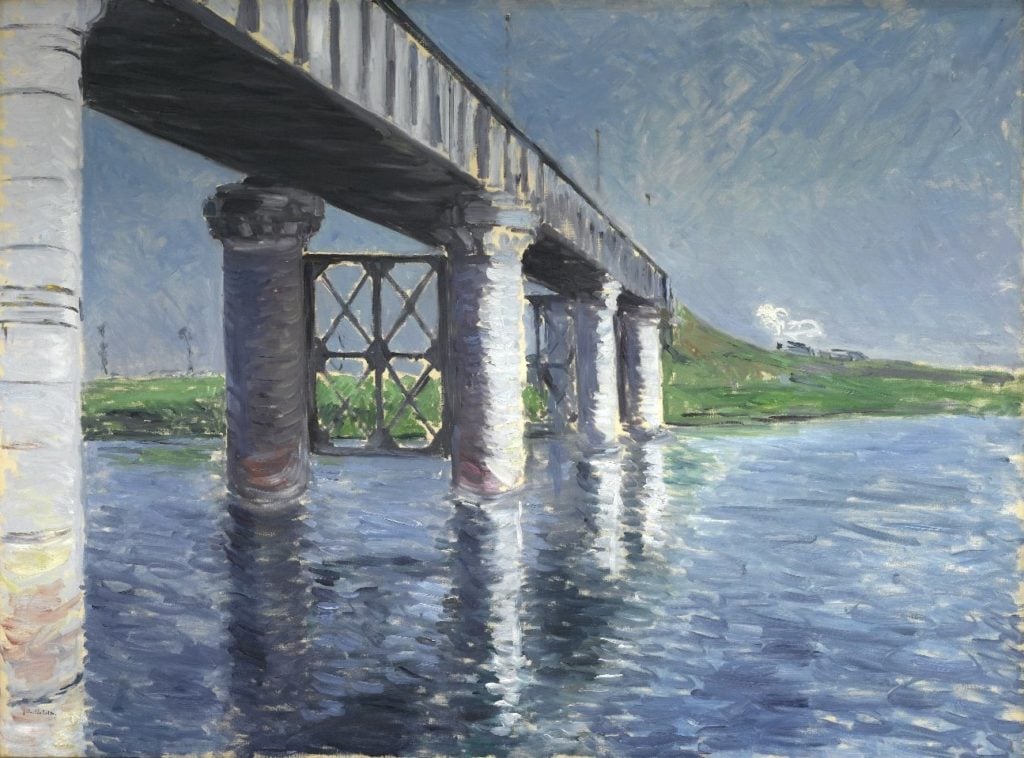
Gustave Caillebotte, The Seine And The Railway Bridge At Argenteuil (1885-87). Courtesy of Brooklyn Museum.
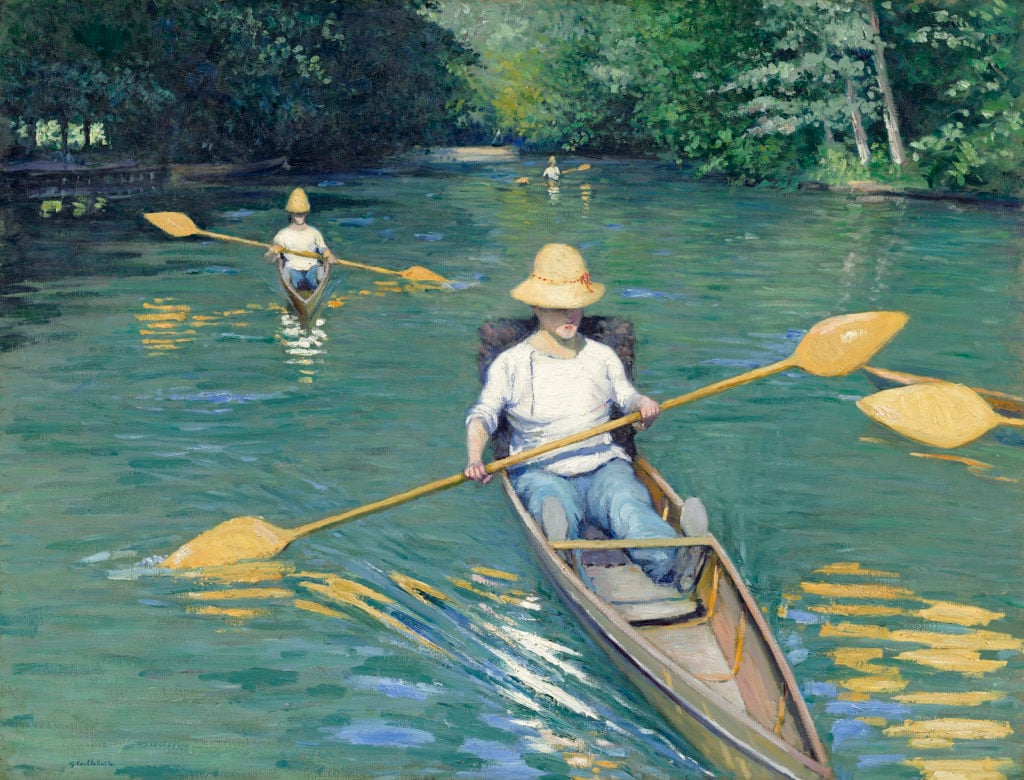
Gustave Caillebotte, Skiffs (1877). Courtesy of Musee d’Orsay.
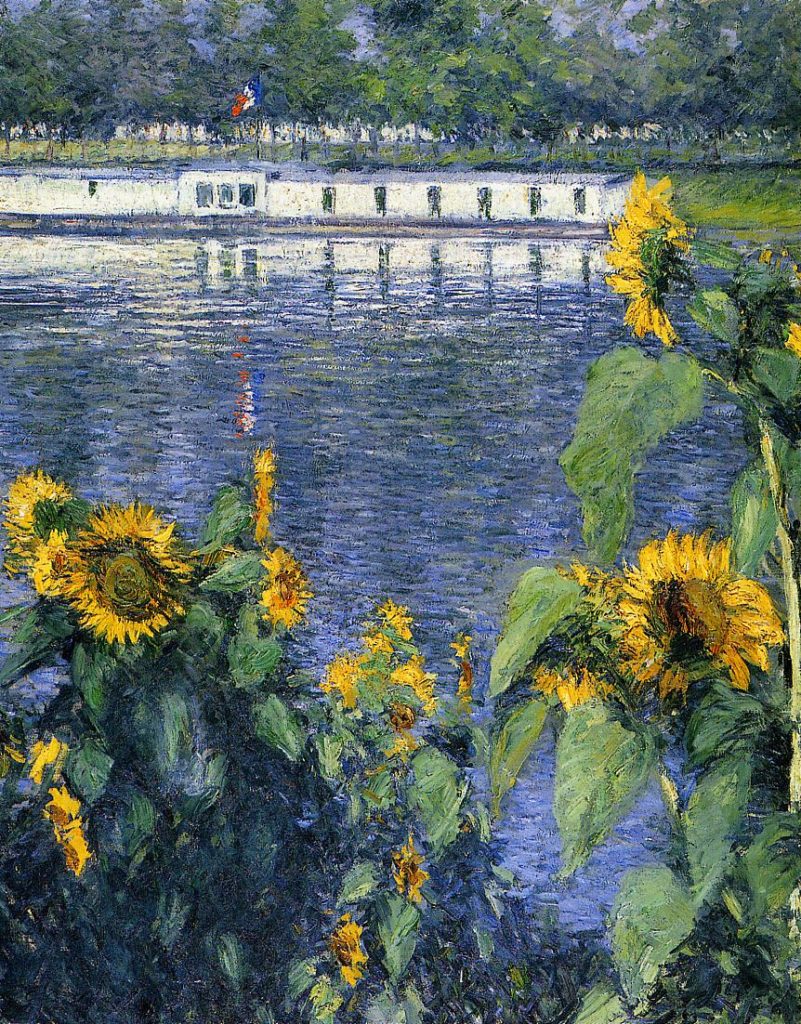
Gustave Caillebotte, Sunflowers On The Banks Of The Seine (1885-86). Courtesy of Fine Arts Museums of San Francisco.
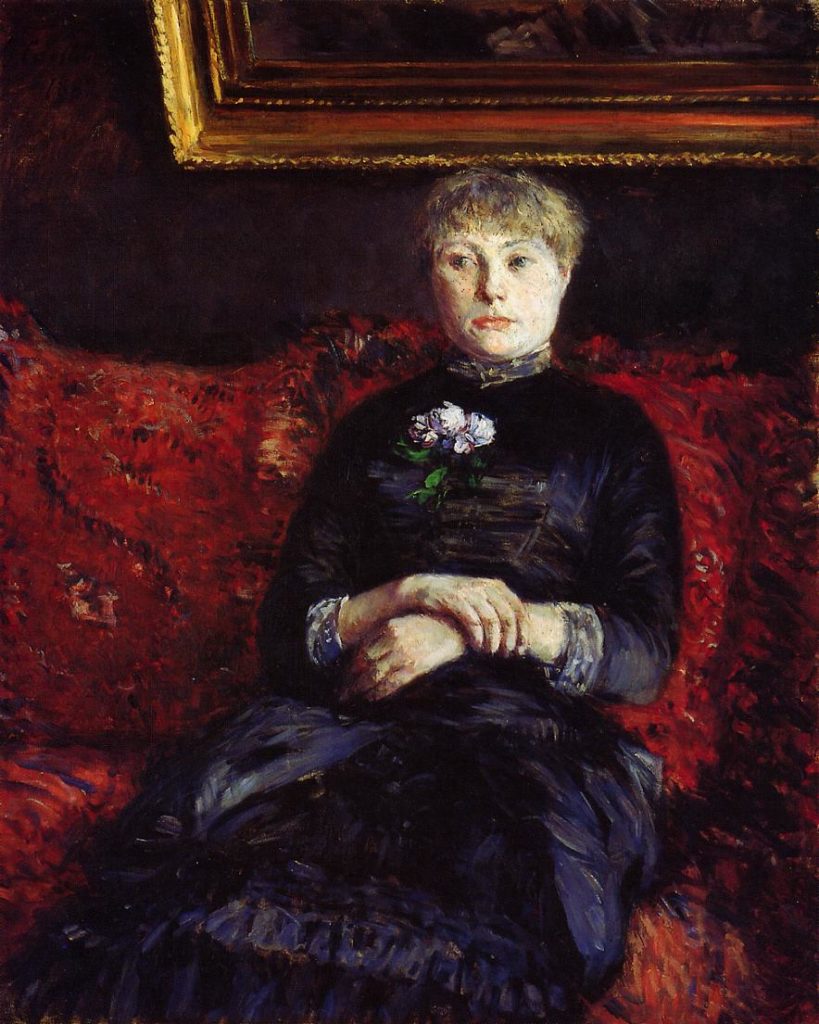
Gustave Caillebotte, Woman Sitting On A Red-Flowered Sofa (1882). Courtesy of Seattle Art Museum.